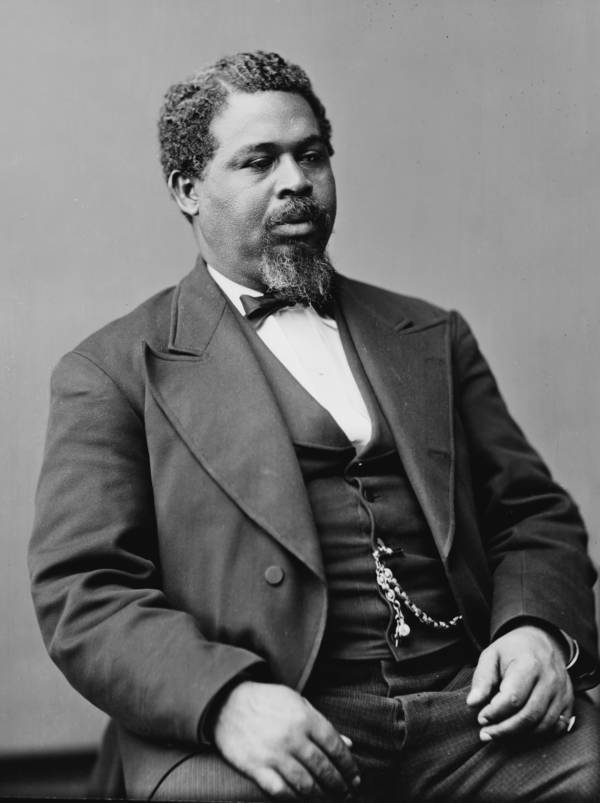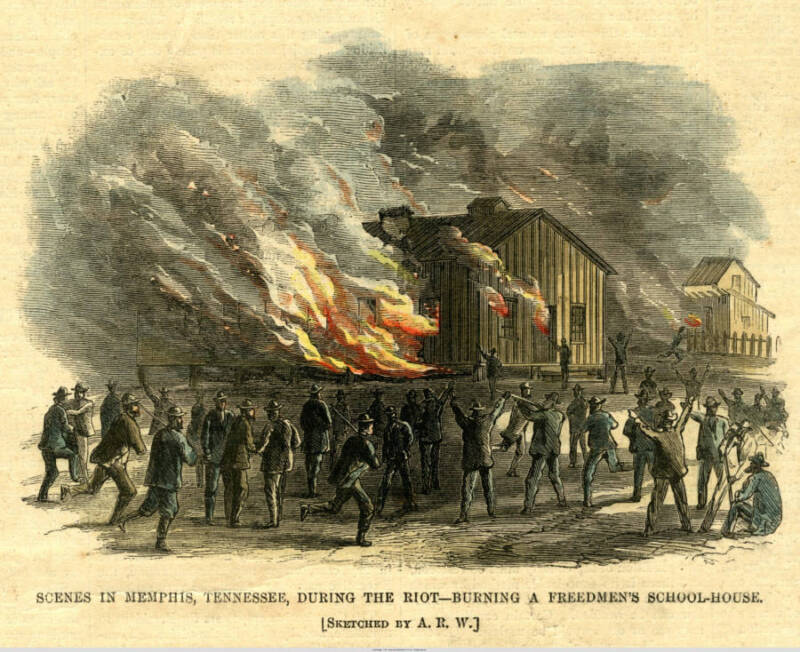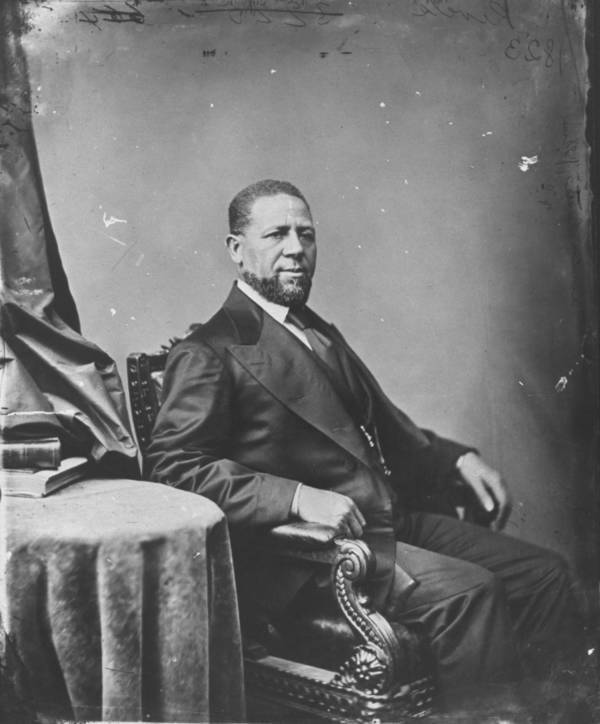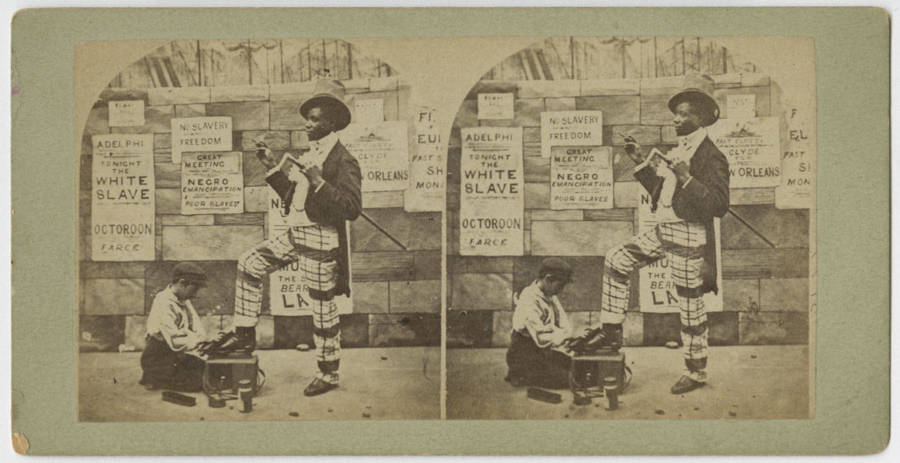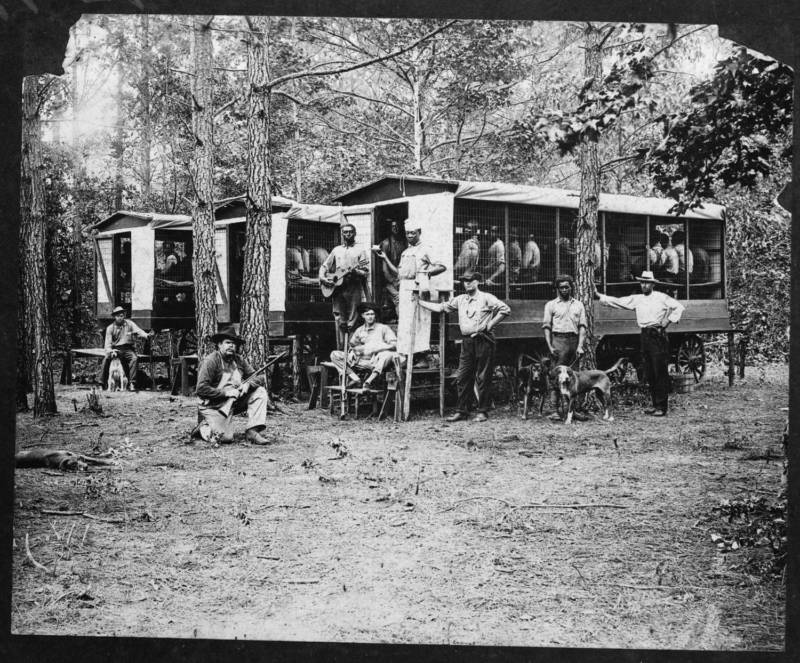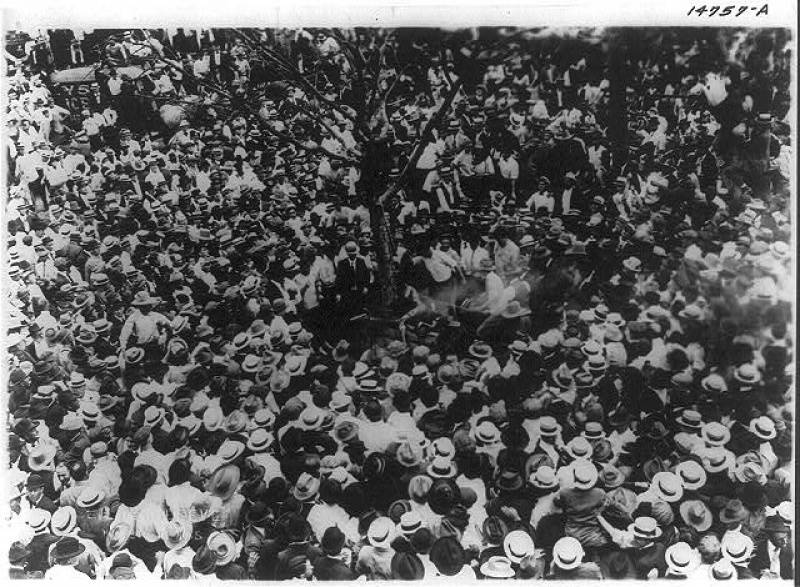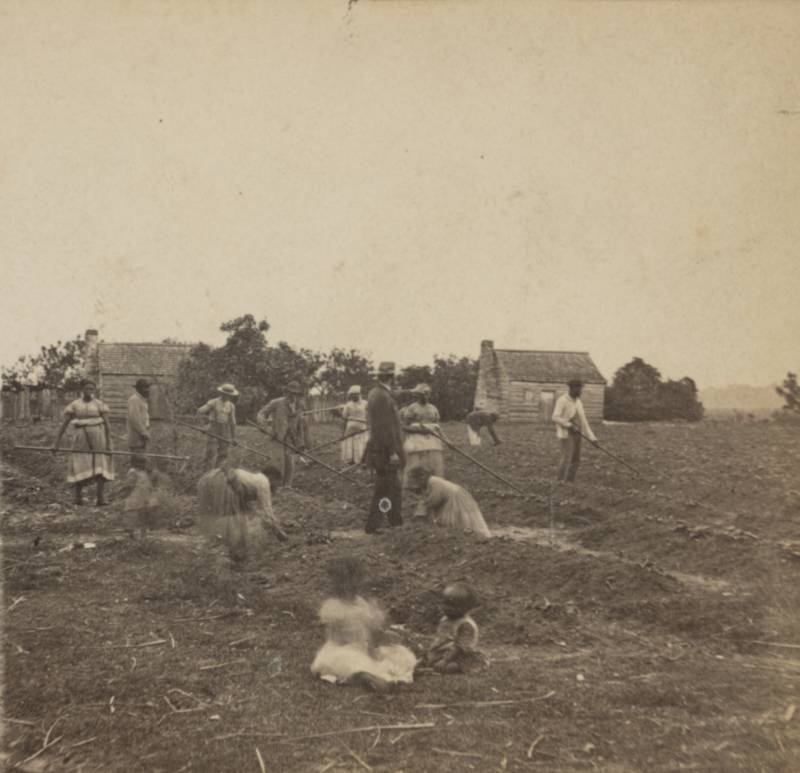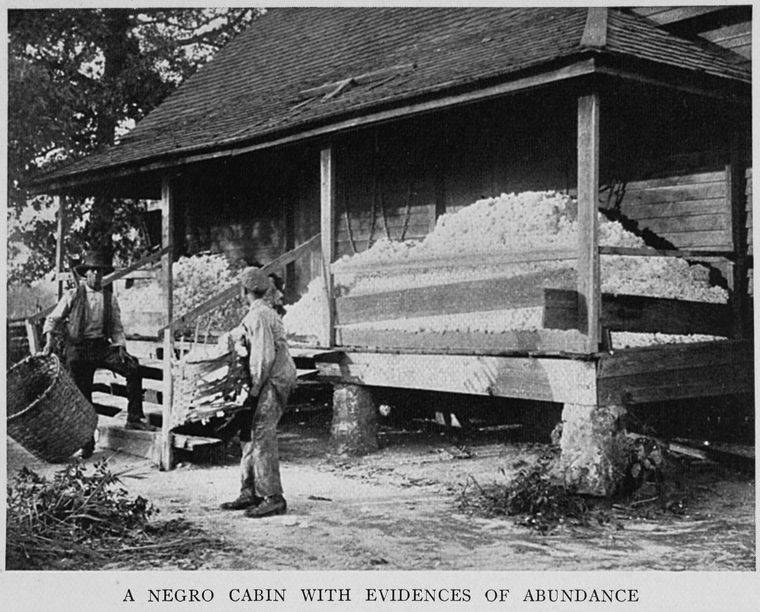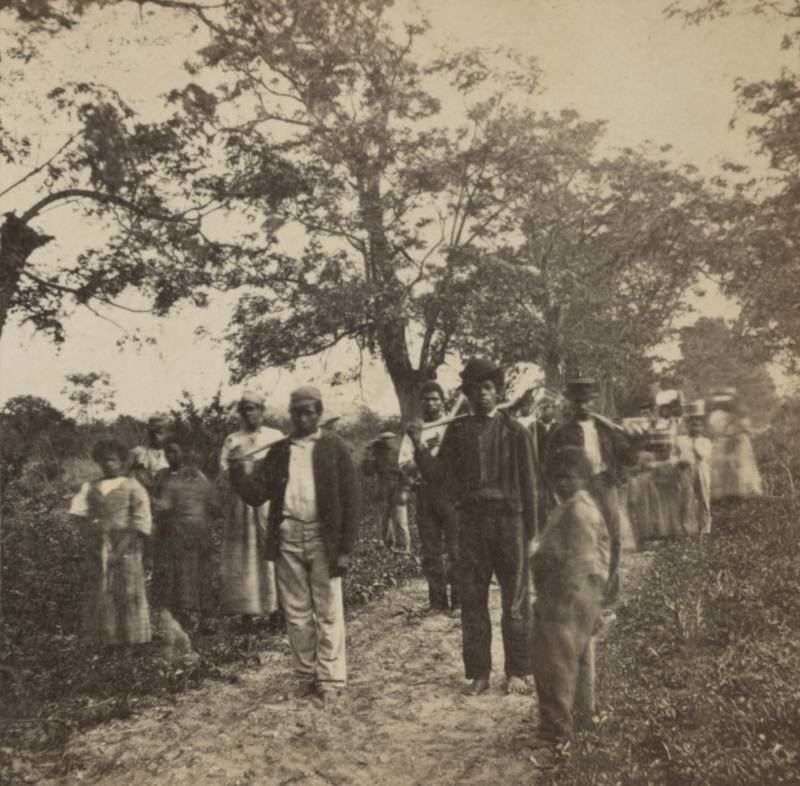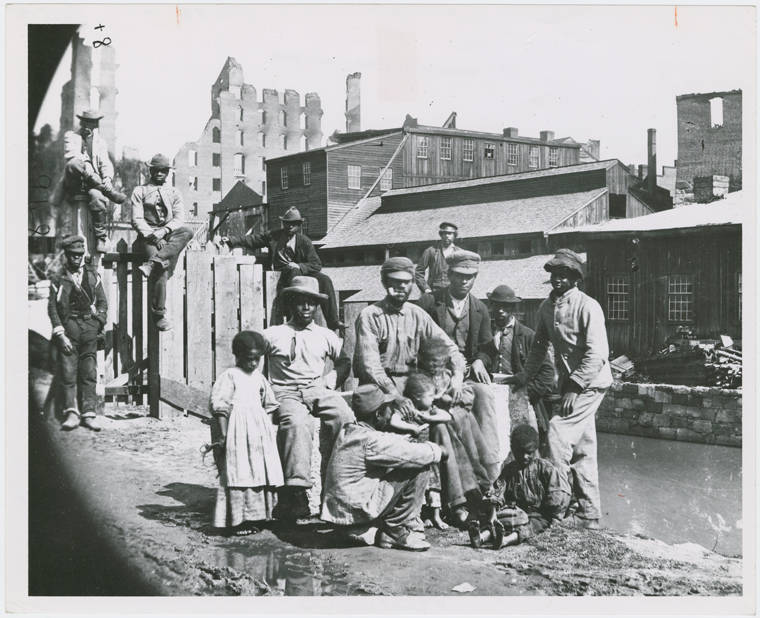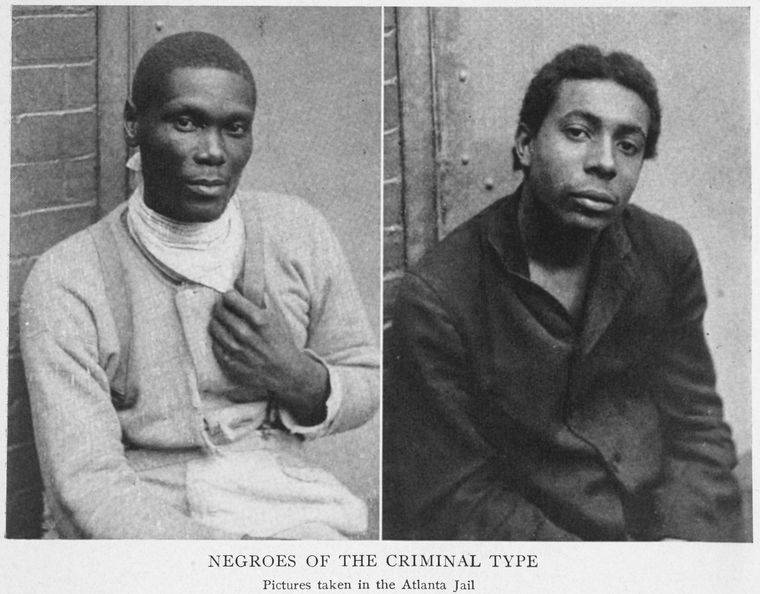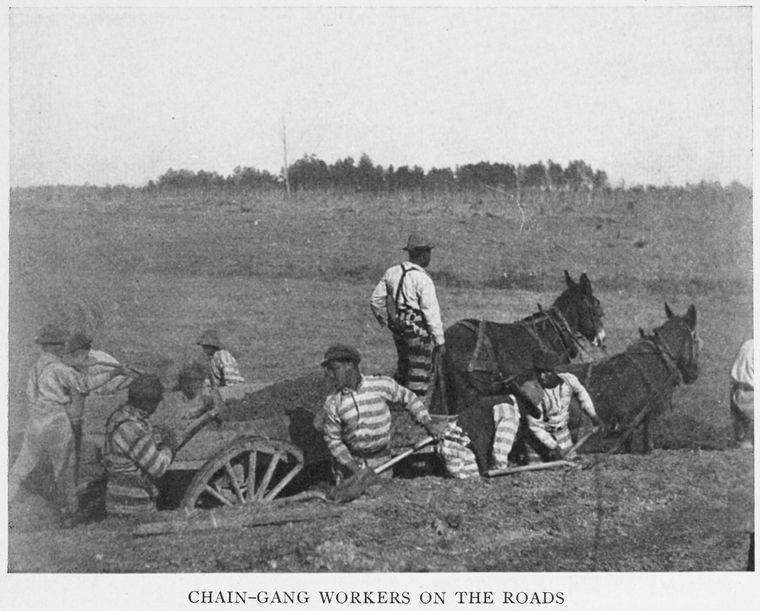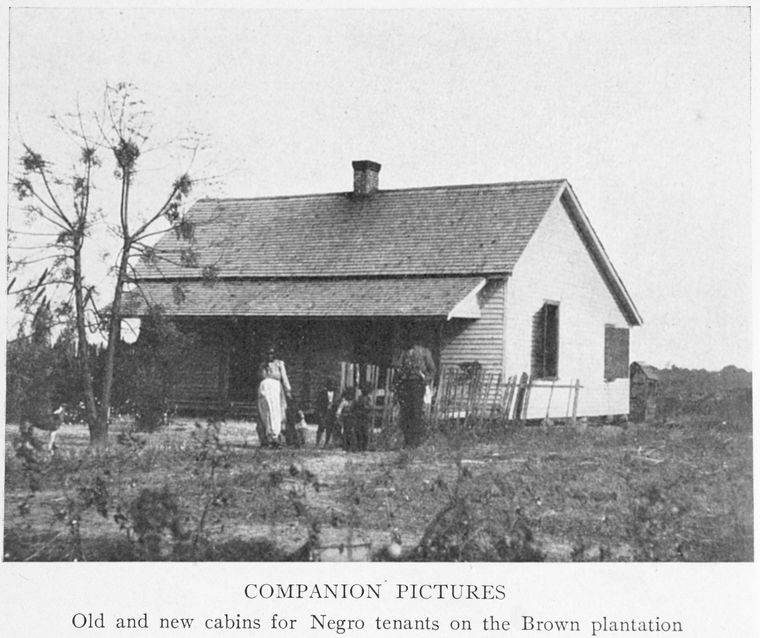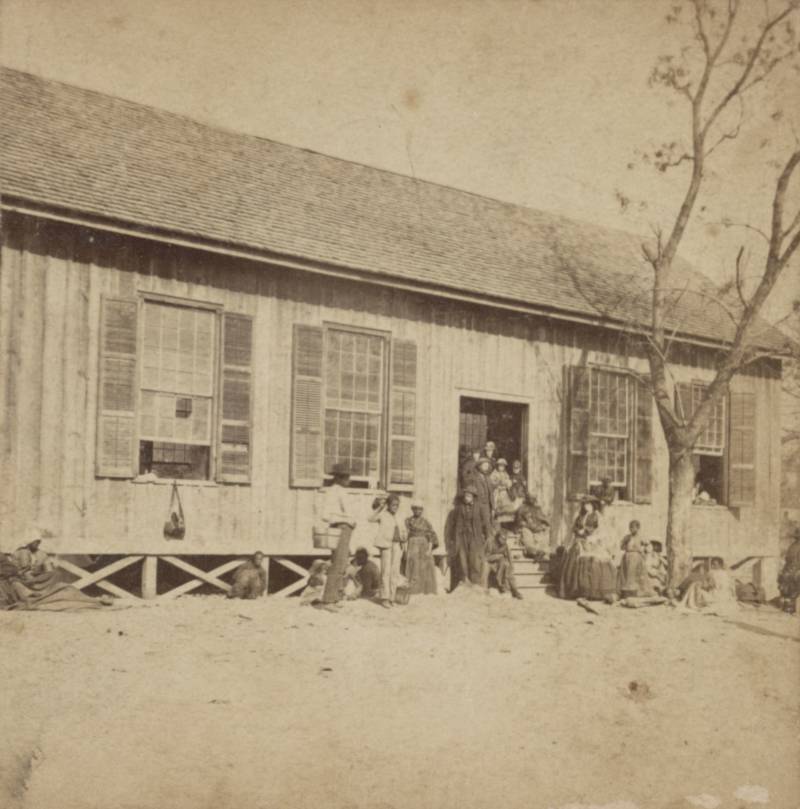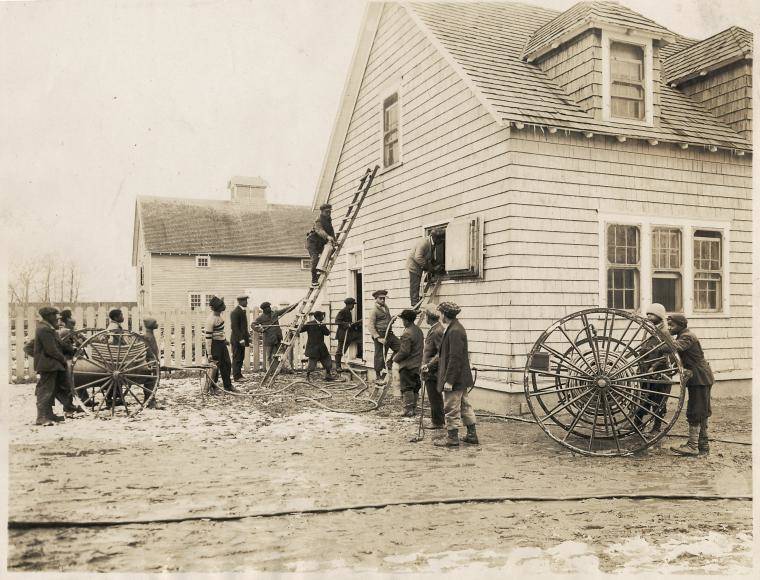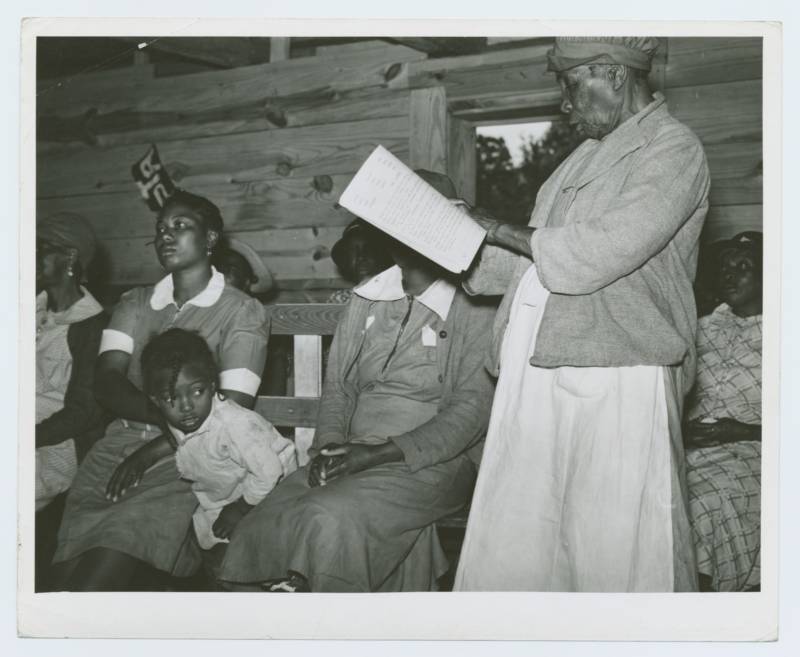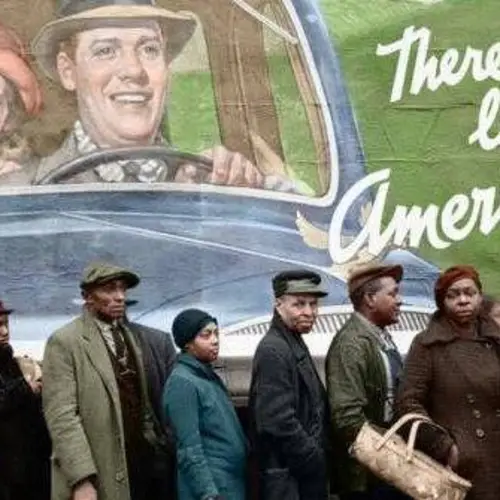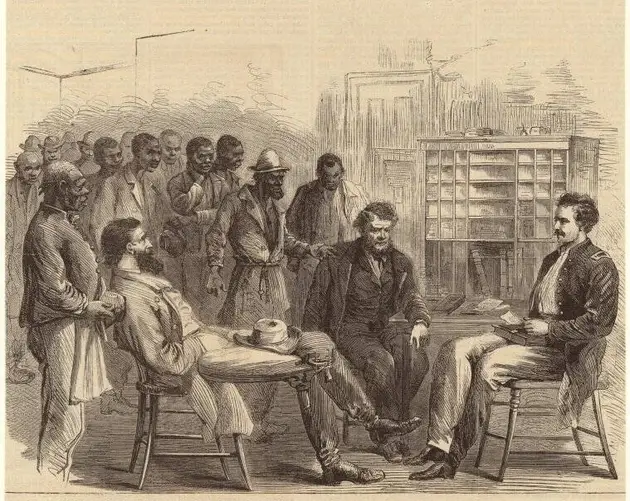Life for many African Americans changed very little during the Reconstruction era, despite the 13th Amendment. From "Black Codes" to sharecropping, the struggle for equality continued.
For newly freed African American slaves, life didn't change overnight. After the end of the Civil War, the Emancipation Proclamation and the 13th Amendment may have brought an end to slavery in name — but, through the Reconstruction era and beyond, white slave owners found other ways to keep the spirit of slavery alive.
According to History, the Union's 1865 victory gave an estimated four million slaves their freedom. Nonetheless, the south wouldn't let go of its control over African Americans without a legislative fight. Under President Andrew Johnson's administration, for instance, the south passed "Black Codes."
These regulated just how, where, and when former slaves and other African Americans were permitted to work. The North was so enraged at this strategy that any support for Presidential Reconstruction — which gave the white South free rein in transitioning former slaves from slavery to freedom.
As a result, the Republican Party's more extreme faction garnered prominence — leading to Radical Reconstruction in 1867. This allowed African Americans who barely became citizens to have an active voice in government for the very first time in American history.
While these weren't slight victories, as some of these black men won elections to southern state legislatures and to the U.S. Congress, the transition from being labeled three-fifths of a person to gaining respect as a human being was far from over.
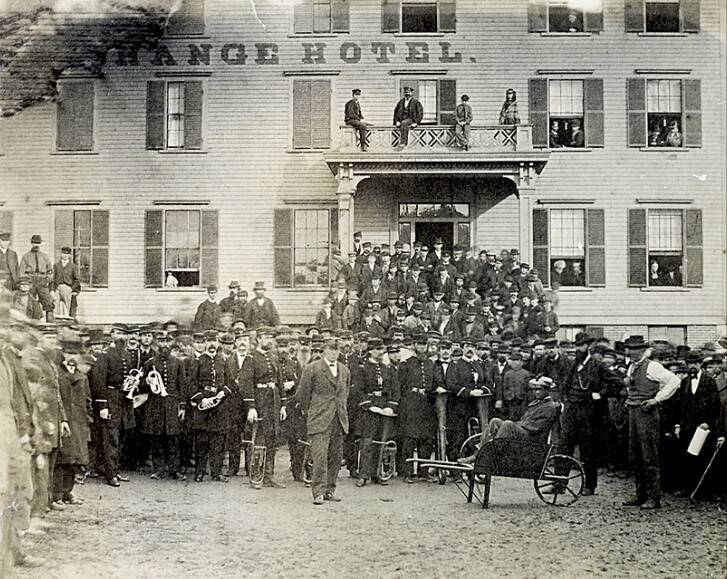
Wikimedia CommonsCelebrating the Emancipation Proclamation in Massachusetts. The crowd and a Union band pose for a photo. As tradition had it, the honored person, a black man, is seated comfortably in a wheelbarrow.
Within 10 years, the incremental changes Reconstruction imposed wrought the furious reactionary response by entities like the Ku Klux Klan. Changes brought upon by Radical Reconstruction were reversed. Violence erupted across the South — and white supremacy became a crusade for the racist, old guard.
Essentially, Reconstruction wasn't easy, and things did not change overnight. There were countless battles — legal, cultural, and physical — that those fighting for a united country had to undergo to make change happen.
Some Freed Slaves Kept Working On The Same Plantations
As the South prepared for the realities of losing the Civil War, its leaders started planning how to keep the black workforce under their control. "There is really no difference," said Alabama Judge D.C. Humphreys at a convention in March 1964, "whether we hold them as absolute slaves, or obtain their labor by some other method."
Obtaining black labor wouldn't prove to be that hard. Many slaves knew nothing but their lives of servitude on the master's plantation and, with their newfound freedom, couldn't find new opportunities. As the Reconstruction era began, many slaves just stayed right where they were, working on the same plantations for the same white overseers.
Despite grand proclamations of freedom, little had actually changed. "I don't know when freedom come on. I never did know," freedman Charles Anderson of Arkansas told the Works Progress Administration in the 1930s, trying to explain why he was still at the same plantation. "Master Stone never forced any of us to leave."
Convicts Were Forced Back Into Slavery
The fact that slavery wasn't entirely banned after the Civil War has gone largely unnoticed in basic America history courses. The 13th Amendment contained a clause that some of the Southern states exploited deeply to maintain control. The amendment permits "neither slavery nor involuntary servitude...except as a punishment for crime."
These "Black Codes" were later expanded into the famous Jim Crow laws that allowed Southern states to lock up freed black men for next to nothing. During the Reconstruction era, black men could even be detained for cursing near a white woman. They'd subsequently be placed in a chain gang, and thus, be driven back into forced labor.
In some states, unequal pay and punitive measures plagued newly freed slaves, as well. Laws forced them to accept minuscule reimbursement — and if a black man was caught without a job, he could be charged with vagrancy.
The courts would find him a job and force him to work it, but this time they wouldn't even have to pay him a nickel.
Sharecropping Made Slaves Through Debt
The government promised freed slaves 40 acres of land and a mule to work it — but it never happened. They backed out of the deal nearly as soon as they promised it. The freed slaves didn't have any place to go, and most white landowners refused to sell to them.
Instead, many freed slaves started sharecropping. White landlords would rent out small patches of land to freedmen — but at a heavy cost. The white landlords could tell them what they had to grow, demand half of what they made, and stick them with a debt that was impossible to escape.
It was slavery in all but name. The freed black families were still living on a white man's land, growing what he ordered and giving it to him. They still had no way to leave, and upward mobility largely remained out of reach for people of color.
And all of these practices carried on for decades. When World War II began, countless black families were still living in sharecroppers' homes, working on plantations, or being forced into prison chain gangs. The U.S. was fighting injustice and inhumanity abroad, while maintaining it ruled with absolute morality back home.
Reconstruction Era Disenfranchisement And The Wilmington Insurrection
Despite the fact that the 15th Amendment, passed in 1870, gave African Americans the right to vote, there was little hope for widespread change through traditional political avenues.
Few events made that clearer than the Wilmington Insurrection. During the Reconstruction era, the Democrats who had ruled Wilmington, North Carolina, suddenly found themselves threatened by a newly enfranchised black population that made up 55 percent of Wilmington's populace — and it was clear they were going to vote for the party that had freed them: the Republicans.

Wikimedia Commons"First Colored Senator and Representatives in the 41st and 42nd Congress of the United States" from 1872. From left to right: Senator Hiram Revels of Mississippi, Representatives Benjamin Turner of Alabama, Robert DeLarge of South Carolina, Josiah Walls of Florida, Jefferson Long of Georgia, Joseph Rainey and Robert B. Elliot of South Carolina.
Things began to look dire for the Democrats when poor whites, facing economic hardships of their own, cast their lot in with black Republicans and formed the Fusion Coalition, a wildly successful group that elected black Republicans to local offices and helped many black citizens achieve prominent roles in Wilmington's businesses.
Then, Democrats suffered the worst blow yet: the elections of 1894 and 1896 put Fusion party members in power in every statewide office.
So a secret coalition of nine Democratic strategists came up with a plan: they needed to regain power quickly, and the easiest way to do it would be to split the Fusion Coalition and panic white voters. They decided to run on a white supremacist platform.
A Coup D'État In The United States
In the Reconstruction era, racial tension was never far from the surface — which made propaganda a deadly weapon for fanning flames.
The Democratic strategists deployed a group of talented speakers to spread virulent racist oratory across the state. They organized white supremacy clubs. And they spread the rumor that African American men were raping white women the minute their husbands turned their backs.
Their campaign worked, and furious mobs began to terrorize black citizens. They kidnapped black people from their homes to whip and torture them, shot guns into black houses and at black passersby, and held white rallies.
When black people tried to purchase guns for self-defense, white newspapers reported that they were arming themselves for a violent confrontation with white people. For wealthy whites, black people weren't economically advancing quickly enough, while poor white people felt sidelined. The argument published by The Washington Post below succinctly explains this frustrating perspective.
"While thus numerically strong, the Negro is not a factor in the development of the city or section. With thirty years of freedom behind him and with an absolute equality of educational advantages with the whites, there is not today in Wilmington a single Negro savings bank or any other distinctively Negro educational or charitable institution; while the race has not produced a physician or lawyer of note. In other words, the Negro in Wilmington has progressed in very slight degree from the time when he was a slave. His condition can be summed up in a line. Of the taxes in the city of Wilmington and the county of New Hanover the whites pay 96 2/3rds per cent; while the Negroes pay the remainder — 3 1/3rds per cent. The Negro in North Carolina, as these figures show, is thriftless, improvident, does not accumulate money, and is not accounted a desirable citizen." — Henry L. West, journalist for The Washington Post, November 1898
The final straw came when Alexander Manly, a black newspaper editor, published an editorial pointing out that the vast majority of sexual relationships between black men and white women were entirely consensual.
Democrats responded by publishing a "White Declaration of Independence" that demanded Manly's immediate expulsion from the city and the destruction of his newspaper, charging the African American community with making it happen.
When black leaders protested that they weren't responsible for Manly's actions, Democratic leaders called 500 white businessmen to Wilmington's armory, where they picked up weapons and marched to the newspaper office, setting it on fire.
The mob swelled to a crowd of 2,000 and lost all reason: as they marched through the streets, they determined to kill every African American they encountered. They forced the Republican mayor, the aldermen, and the police chief to resign at gunpoint and installed a new Democratic city council the following day.
Somewhere between 60 and 300 African American citizens of Wilmington lost their lives, and more than 2,000 fled the city in the days following the massacre.
Without black voters to stop them, the Democrats of Wilmington codified the Reconstruction era's nascent Black Codes into the Jim Crow system, reaping the rewards of the first and only successful coup d'état in U.S. history to date.
And so slavery in America continued. Long after the Civil War and the Reconstruction era, slavery, at least in spirit, lived on.
Next, read about Ona Judge, the slave who escaped George Washington, then have a look at these letters from former slaves to their masters.
